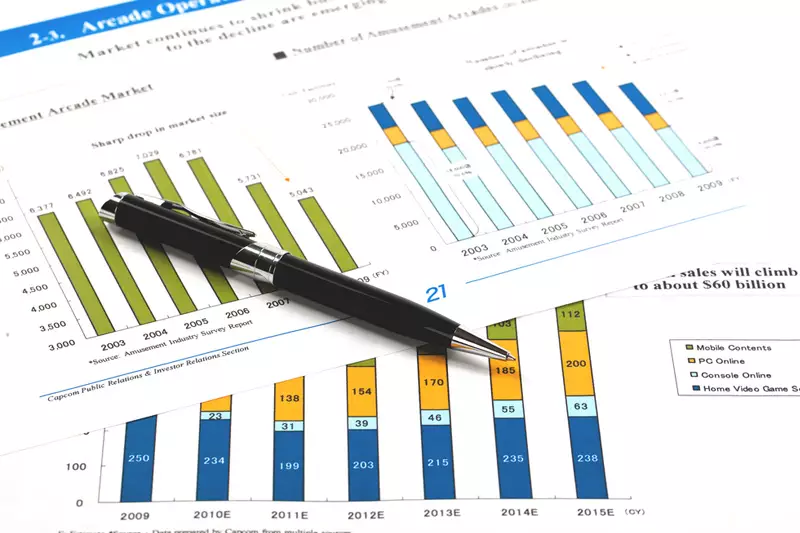The Options on Secured Overnight Financing Rate (SOFR) futures are indicating a higher likelihood of the Federal Reserve raising interest rates by a quarter percentage point both this year and next. This sentiment is primarily driven by the resilience of U.S. inflation and the labor market. Investors in the bond market tend to rely on SOFR futures to assess expectations regarding Fed policy rates. Options, on the other hand, are commonly used as a hedge against anticipated movements in the market, with volatility being a crucial factor influencing pricing.
Currently, the SOFR stands at 5.31%, representing the cost of borrowing cash overnight collateralized by U.S. Treasuries in money markets. It serves as the benchmark rate for pricing dollar-denominated derivatives and loans. Although the chances of a rise in SOFR are relatively low, they are not insignificant. Most market participants do not anticipate additional rate hikes, and there may even be a scenario where the Fed cuts rates once or maintains them at current levels for an extended period. Analysts suggest that a substantial re-acceleration in inflation would be necessary for the Fed to consider tightening monetary policy, a scenario that is not widely expected by economists.
Despite experiencing a slowdown towards the end of the previous year following aggressive rate hikes, inflation in the U.S. remains persistent. Recent data indicated that core U.S. personal consumption expenditures inflation grew 3.7% in the first quarter, up from 2% in the fourth quarter. While the monthly report on PCE inflation for March showed consistent growth of 0.3%, the annual inflation rate reached 2.7%, exceeding the Fed’s 2% target. The continuous inflationary pressure raises concerns about the possibility of a Fed tightening cycle, although the prevailing sentiment suggests a more dovish approach.
Option-implied probabilities indicate a potential 25-basis point rise in SOFR to 5.56% by December, with an estimated 29% chance according to Barclays. Additionally, data from BNP Paribas revealed a 31% probability of no rate cuts in 2024, up from 20% in the previous month. Meanwhile, the likelihood of the first 25-basis point hike in 2025 stands at 22%. It is important to note that trading volume further along the futures curve tends to be thin, potentially leading to fluctuations in these estimations. The current pricing reflects investor uncertainty amid strong economic growth and persistent inflation, prompting questions about the Fed’s policy adequacy.
The increase in implied volatility in interest rate swaps, used to hedge against interest rate risks, aligns with the growing odds of rate hikes and heightened uncertainty surrounding Fed decisions. Rate swaps facilitate the exchange of fixed-rate cash flows for floating-rate ones or vice versa, with implied volatility indicating expected fluctuations in swap rates. The recent rise in volatility, particularly in shorter-dated swaptions, signifies increased market instability and a shift towards pricing in rate hikes. Despite the prevailing demand for receiver swaptions, which benefit from falling interest rates, there has been a slight decrease in their pricing on shorter maturities, indicating a potential easing in demand as rate cuts are reconsidered.
The analysis of SOFR futures and interest rate expectations illustrates a complex market environment influenced by factors such as inflation, economic data, implied probabilities, and volatility. While current sentiment leans towards a dovish Fed stance with minimal rate hikes, ongoing economic developments could prompt a reassessment of these expectations. Investors must closely monitor market dynamics and emerging trends to make informed decisions in this evolving landscape.

